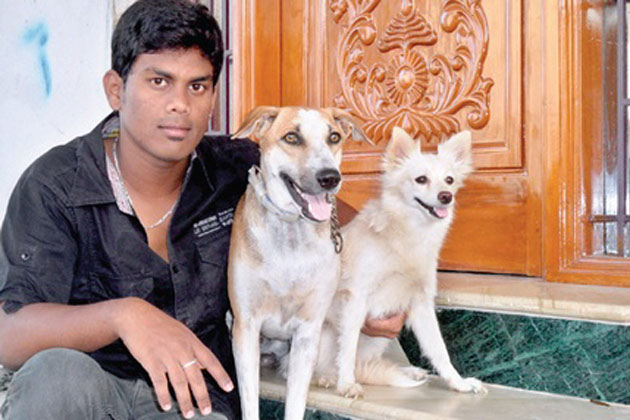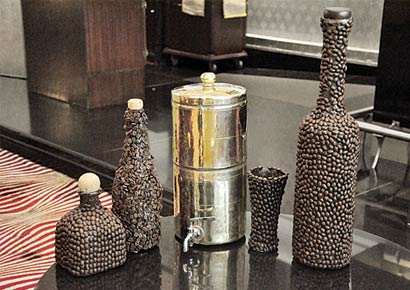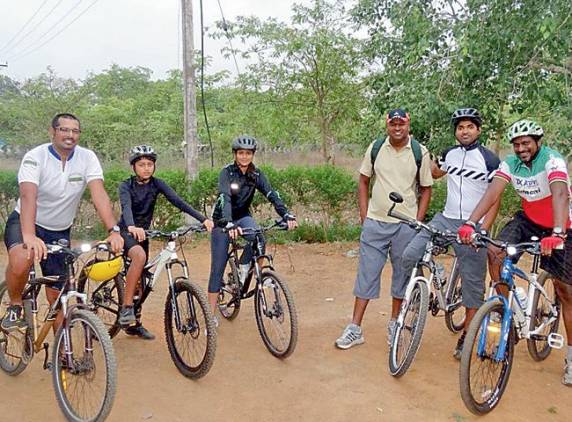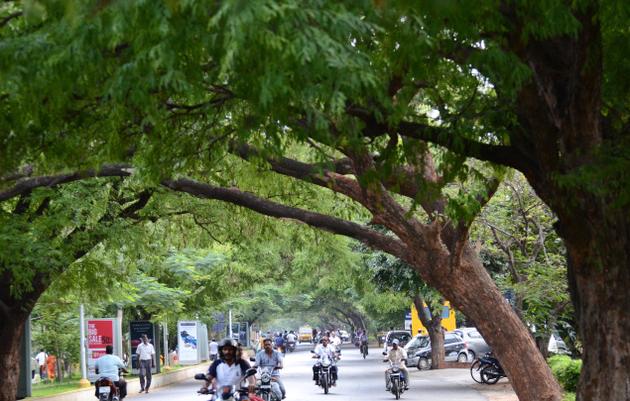Chennai:
Believe it or not, a mongrel from Madurai could well be crowned the cutest Indian dog. Jack, an Indian breed dog (aka mongrel) who was rescued and raised by a student in the temple city, is one of the ten finalists of PETA’s Cutest Indian Dog Alive Contest. Open only to rescued dogs, the criteria for selection was as simple as a photograph and a heart-warming story. Says Chani Singh, Campaign Co-ordinator, People for the Ethical Treatment of Animals (PETA), “We’ve been through hundreds of entries, both from street rescues and animal shelters.”
As it turns out, Jack from Madurai caught the attention of the PETA judges. With his floppy brown ears, Jack is the only nominee from Tamil Nadu and has no idea that his competition comes from as far as Lucknow, Ludhiana and Pune. His owner R Amirtham, an MSc Computer Science student, recalls how he found the now-famous dog, “Jack was a tiny puppy when I found him howling in the heat on a particularly hot summer day, near my house’s compound wall.”
His eyes wouldn’t open and he was too weak to stand, so he just howled for a long time. Amirtham already had a 5-year-old pomeranian at home, but his heart went out to the pup. “I gave him some milk and even found him a home with a neighbour,” Amirtham continues. But Jack and the pom Nemo were inseparable by then and staying apart was not an option. Now, who can argue wth incessant barks? So Jack was brought back, and has found happiness with an older woman (Nemo is now six), and couldn’t be any happier with his new family.
Jack may have no idea that he is in a contest, but hopefully his face will help change the trend of the ‘pedigree-only’ mentality that is the case with a large section of pet owners today. Chani elaborates, “We believe that it’s time to champion the Indian dog, so the contest makes the point that the kindest thing that a prospective dog guardian can do is rescue a dog from the streets or an animal shelter.”
So if you want ‘Madurai’ Jack to win, log on to PETA India’s website and vote. Famous or not – one thing’s for sure – Jack’s tail will be wagging vigorously.
source: http://www.ibnlive.in.com / Home> South> Chennai / The New Indian Express, Indian Express / IBN Chennai, September 07th, 2012




